You’re not alone if you’ve ever been confused by the terms overcast and overlock stitch. Both stitches are necessary for finishing fabric edges. But work uniquely for different purposes of overcast stitch vs overlock.
The basic difference between both stitches is,
The overcast stitch secures fabric edges by looping thread over them, while the overlock stitch trims and finishes the edge in one step using a serger machine for a more durable, professional finish.
So, let’s break it down and discover which stitch is best for your next project. So, you won’t be confused like I was about overcast stitch V serging stitch.

Table of Contents
Is Overcasting The Same As Overlocking?
No, overcasting stitch and overlock stitch are similar but not exactly the same.
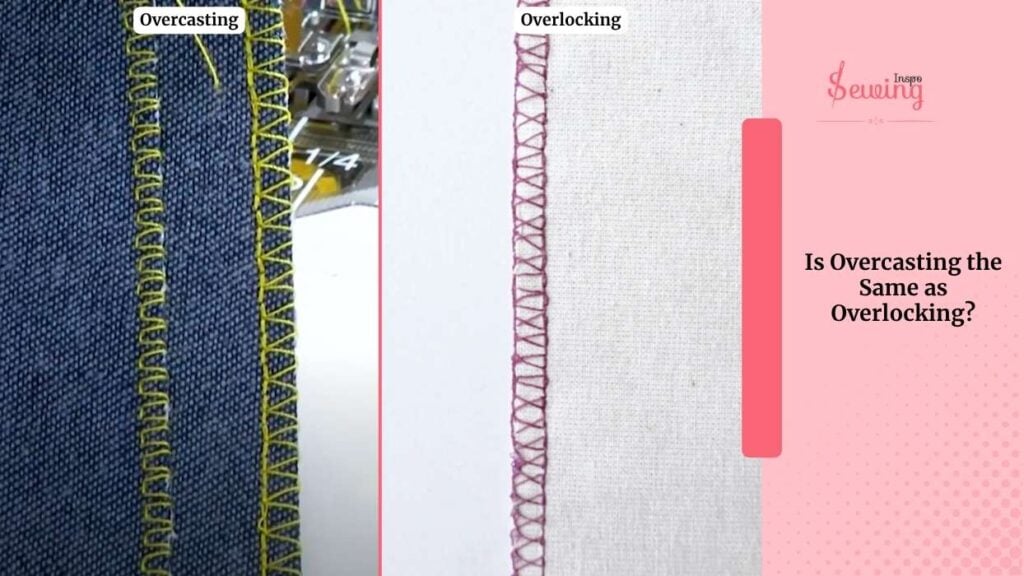
Both finish raw fabric edges, but overcasting is typically done by hand with a looping stitch over the edge, while overlocking usually refers to a machine-based stitch that trims and sews simultaneously.
Let’s Break Down The Difference Between Overcast Vs Overlock Stitch
Overcast stitch & overlock both stitch name comes together. But are they the same?
Not really! They differ in many ways. Let’s find out,

| Feature | Overcast Stitch | Overlock Stitch |
| Stitching Method | Hand over cast is done by hand or using a standard sewing machine | Done using a serger or overlock machine |
| Function | Secures fabric edges to prevent fraying on the overcast seam. | Trims and finishes fabric edges in one step |
| Fabric Types | Best for lightweight to medium thick fabrics | Ideal for heavier fabrics and stretchy materials |
| Durability | Suitable for casual or light-use projects | Provides a stronger, more durable finish, ideal for garments that require heavy wear |
| Speed | Slower, as it’s usually done by hand or on a regular machine, on the seam allowance. | Faster, especially when using a serger |
| Stretch | Doesn’t provide much stretch | Allows for stretch, making it perfect for knit and jersey fabrics |
| Use Case | Light projects, finishing raw edges on simple garments | Commercial sewing, professional-quality finishes, stretch fabrics |
| Finish | Simple, clean edge | Neat, professional finish with a clean, enclosed edge |
Sounds interesting? Ok, then you would love a whip stitch vs overcast stitch comparison, too.
Overcast Stitch Vs Serging
Following the difference, some also get confused between Overcast Stitch and Serging. So I thought, let’s clear this confusion, too. So, the main difference between overcast stitch vs serging is,
Overcast stitching is a simple, slower method for preventing fraying. While serging is a faster, more durable, and more professional finish done with a serger.
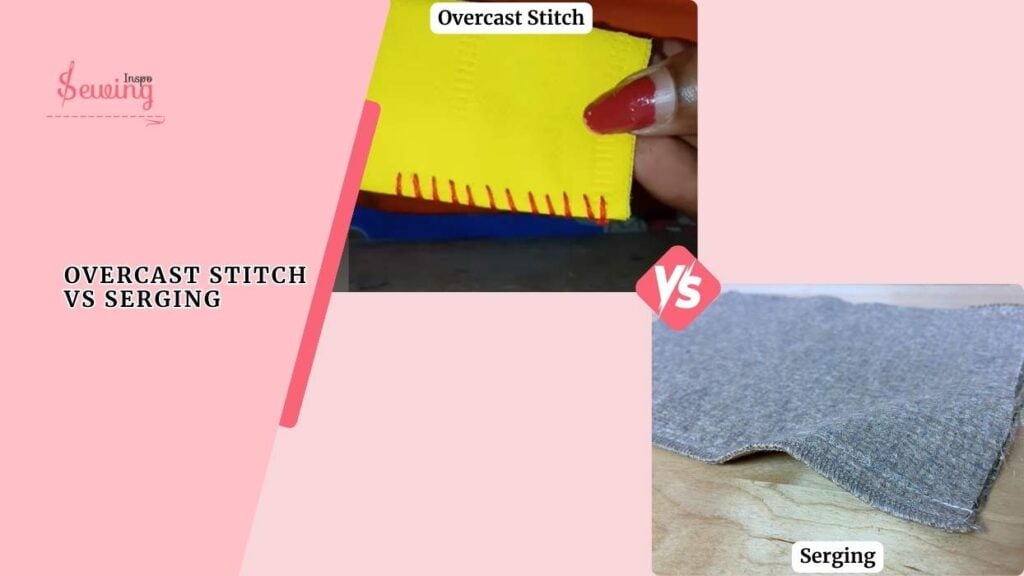
Which Is Stronger Overcast Stitch Vs Overlock?
Well, there is no right answer for this cause it depends on the sewing project you are working.
But if you ask me then,

The overlock stitch wins every time. It’s faster, more robust, and built to handle more demanding fabrics and garments. The overcast stitch or double overcast might do the job for lighter projects.
But the overlock stitch takes the crown when you need durability and versatility.
If you’d like to see our overcast stitch symbol, you can check it out here.
Frequently Asked Question
Is The Overlock Stitch Stretchier Than The Overcast Stitch?
Yes! The overlock stitch is stretchier, perfect for knit fabrics, activewear, or anything that needs to move with you. The overcast stitch is less flexible and works best on woven fabrics.
Which One Should I Choose For My Project?
If you’re looking for a strong, professional, and stretchy finish, the overlock stitch is the way to go. If you’re working on a lighter, simpler project and need a quick finish, the overcast stitch will do just fine.
Can I Use An Overcast Stitch For Everything?
While it’s versatile, the overcast stitch isn’t ideal for projects that require heavy durability or stretch. It’s perfect for quick edge finishes but may not hold up well in high-stress areas or thick fabrics.
In The End
If you ask me to choose between overcast vs overlock stitch
I will gladly choose overlock stitch.
Cause it’s a locking method really secures the fabric edge and gives it a straight.
What would you choose?

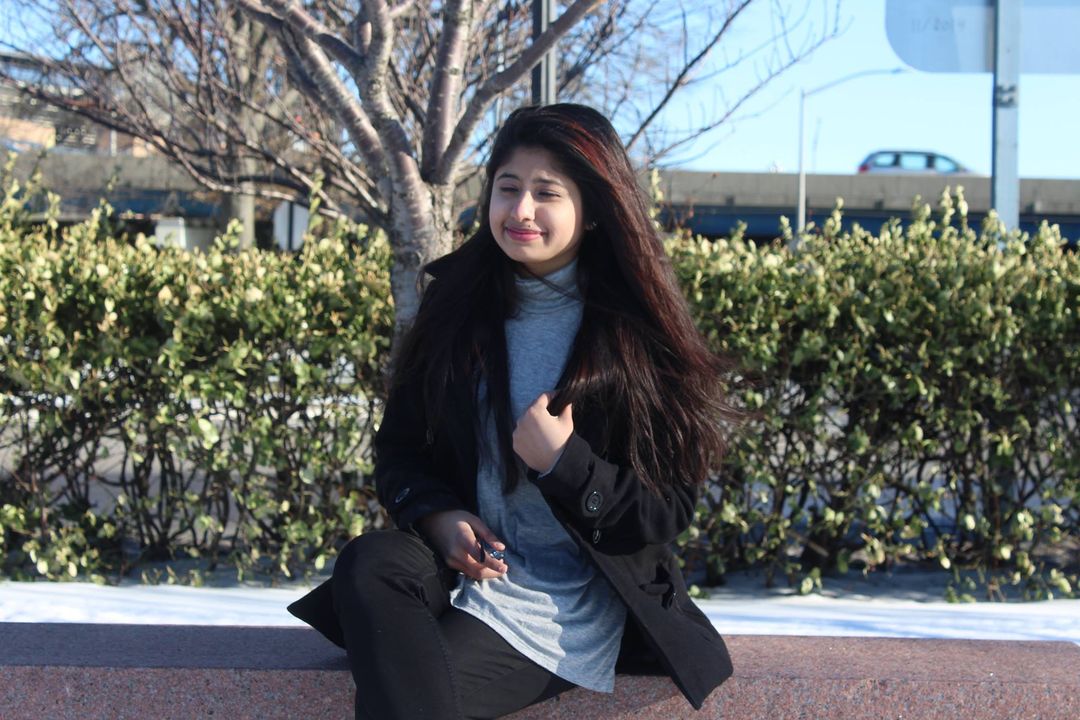
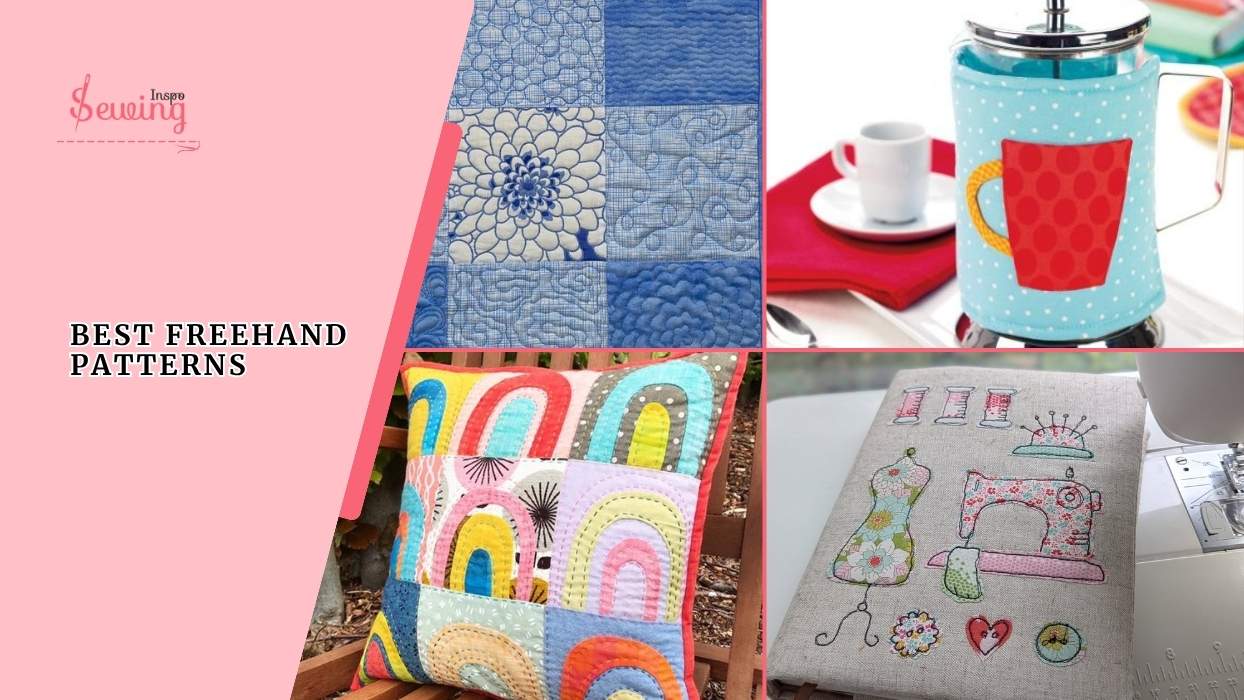
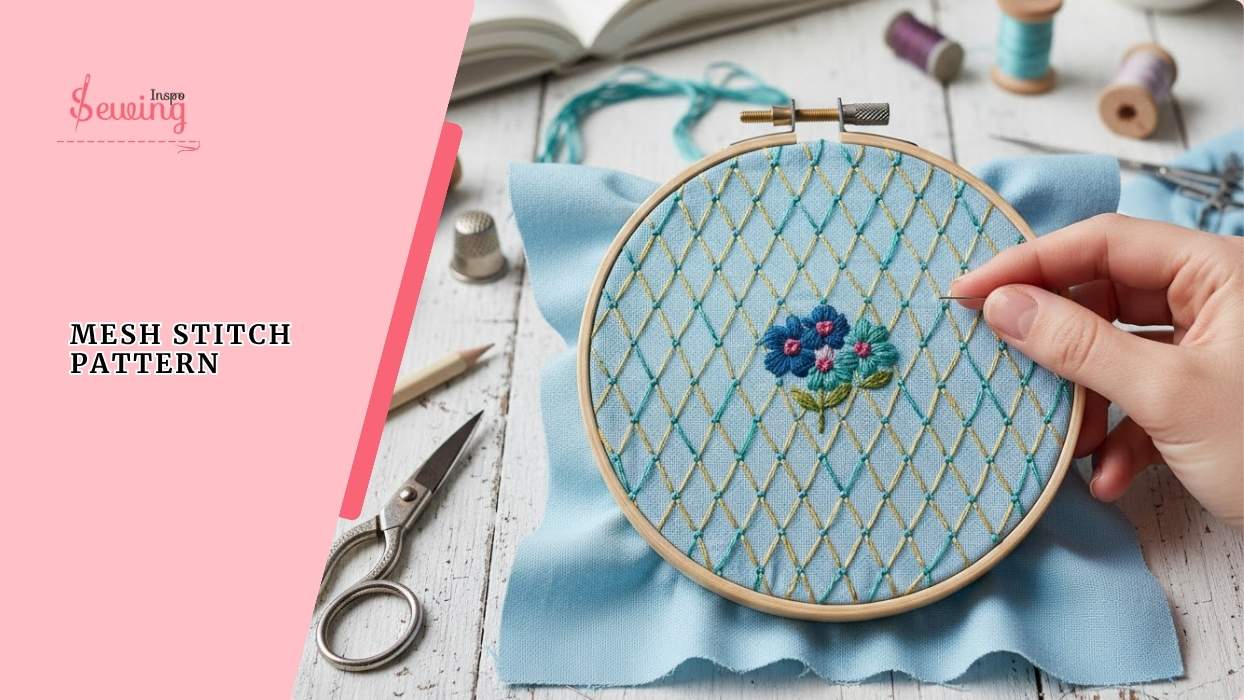
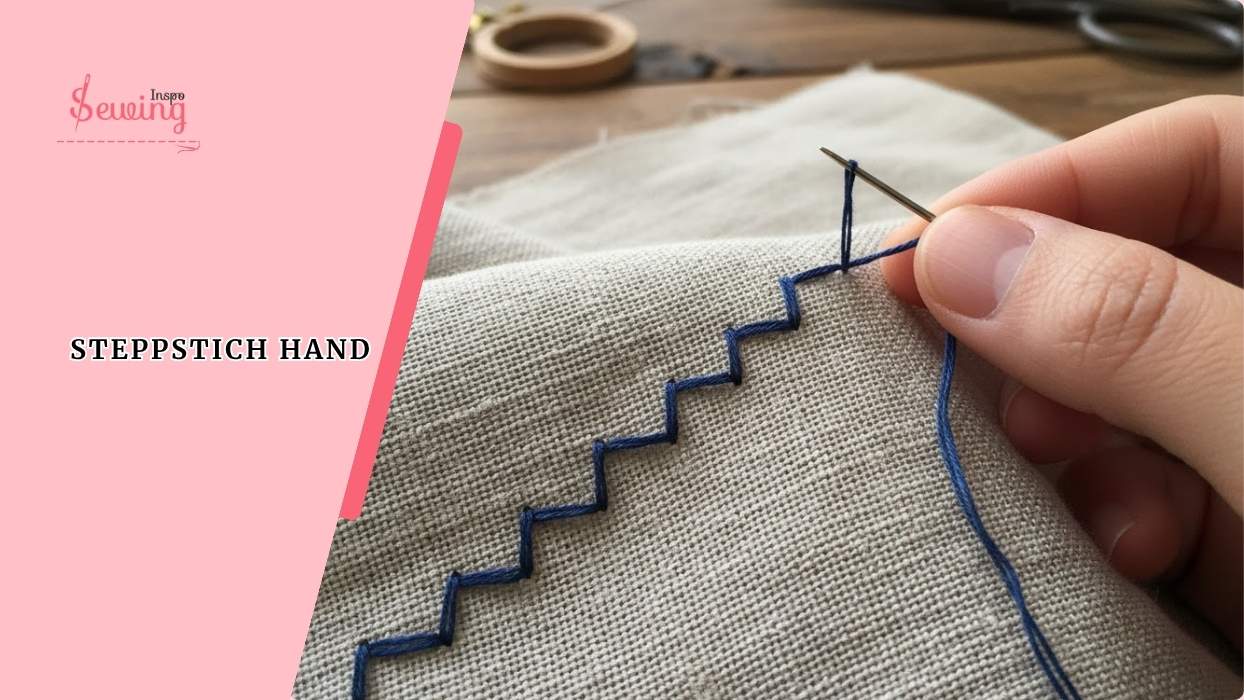
Leave a Reply